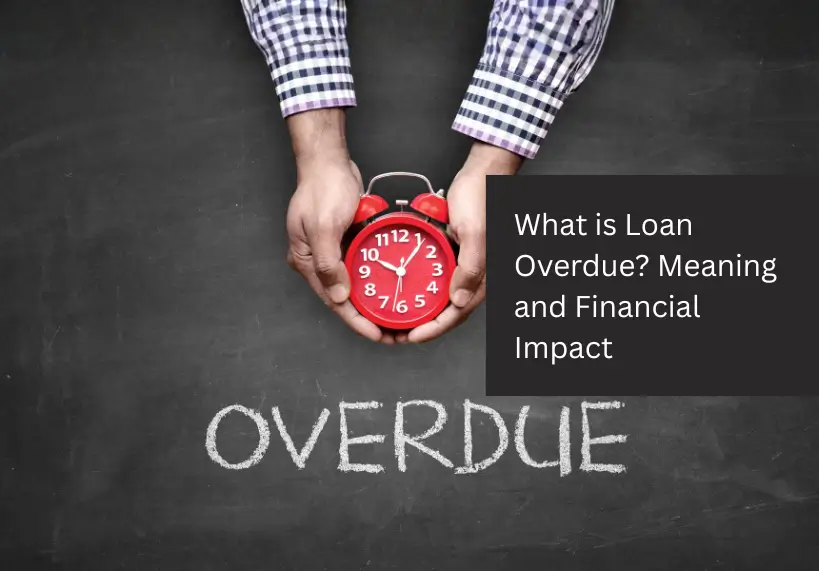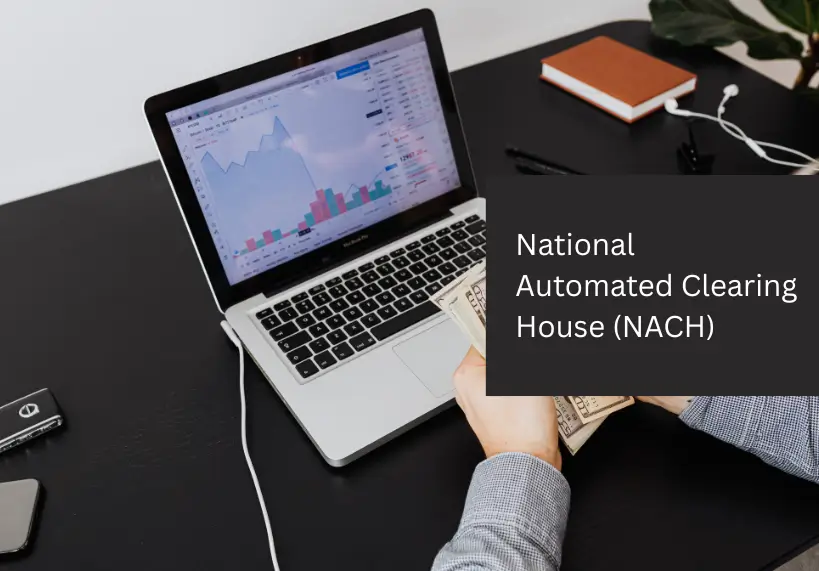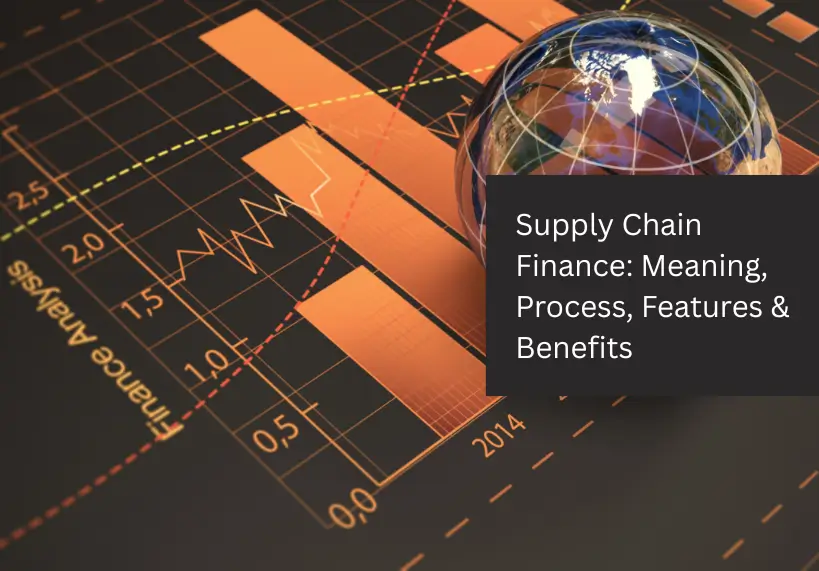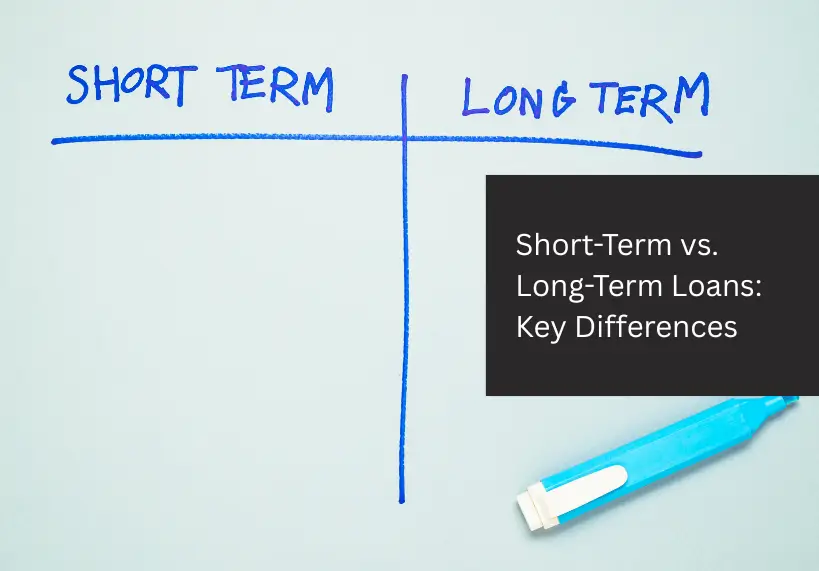
Loan overdue is a simple term with complex consequences. For lenders, an overdue account is the first visible signal that credit risk is maturing into stress.
For borrowers, overdue installments can cascade into higher costs, damaged credit scores and restricted access to future credit. For regulators and investors, rising overdue rates directly affect capital allocation, provisioning and business continuity.
This blog explains what a loan overdue means, why loans become overdue, the short- and long-term financial impact on lenders and borrowers, and practical operational and technology-first measures teams can implement.
The audience: product managers, risk and collections leads at banks, NBFCs and fintechs who need a clear, implementable playbook.
What is a loan overdue? (Definition and nuances)
A loan overdue refers to a scheduled repayment (EMI, instalment or interest repayment) that is not paid on its due date. Overdue does not automatically mean a loan is defaulted – delinquency is a gradient:
- Past Due / Overdue: Payment missed; usually 1-29 days since the due date.
- Delinquent: Payment overdue for a longer window (commonly 30+ days), triggering intensified collection activity.
- Default / NPA: Regulatory thresholds (e.g., 90+ days overdue) that classify accounts as non-performing assets (NPAs) for provisioning and regulatory reporting.
Different institutions and jurisdictions can use different bands (e.g., 30/60/90 days), but the business and financial consequences escalate along these buckets.
Common causes of overdue loans
Understanding root causes helps build targeted prevention and remediation strategies. Typical causes include:
1. Temporary cashflow shocks – businesses face seasonality, delayed receivables or supply disruptions. Individual borrowers may face job loss or medical emergencies.
2. Poor product fit – mismatch between repayment schedule and borrower cash flows (weekly vs monthly collections).
3. Income volatility – gig economy and informal sector incomes fluctuate, increasing the likelihood of missed payments.
4. Operational friction – complex payment paths, poor reminders, or failed auto-debits increase the chance of missed installments .
5. Credit underwriting gaps – thin-file borrowers or inadequate alternative-data usage leads to underestimation of repayment risk.
6. Economic stress – inflation, interest rate shocks and sectoral downturns cause systematic rise in overdues.
Financial impact on lenders
The immediate and cascading financial impacts of overdue loans include:
1. Increased credit provisioning and cost of funds
When accounts become delinquent, lenders must increase provisions against potential losses. Higher provisioning reduces near-term profitability and, in severe cases, affects capital adequacy ratios – increasing the lender’s cost of capital.
2. Interest income compression
Delayed payments delay recognition of interest income. Over time, this compresses yields and reduces loan-level economics.
3. Operational costs and collection overheads
Collections require staff, technology and third-party agencies. The longer accounts stay overdue, the more expensive the recovery effort.
4. Higher loss-given-default (LGD)
Prolonged delinquencies reduce recoverable value and raise LGD – a key metric in risk models that directly increases expected loss.
5. Balance sheet and funding stress
Persistently rising overdue rates can reduce investor confidence, constrain wholesale funding, and force tighter lending standards – creating a feedback loop that slows growth.
Financial and social impact on borrowers
Overdues are not just numbers on a ledger:
- Credit score deterioration: Missed payments are reported to bureaus, making future credit more expensive or inaccessible.
- Higher borrowing cost: Lenders may charge penalties, higher interest rates or require additional collateral for renewals.
- Legal and reputational risk: At scale, chronic delinquencies can lead to legal action and social stigma in local communities.
- Cashflow squeeze: For SMEs, one overdue payment can cascade into supply-side disruptions and contract losses.
Operational consequences and KPIs to watch
Teams managing retail, SME or corporate portfolios should monitor the following KPIs closely:
- Past Due Rate (1–30 days) – early warning of stress.
- Delinquency Rate (30–90 days) – measure of medium-term credit deterioration.
- NPA / 90+ Days – regulatory and provisioning trigger.
- Cure Rate – proportion of overdue accounts that return to current status within a period.
- Roll Rate – probability that accounts move from one overdue bucket to the next (e.g., 30→60).
- Recovery Rate / LGD – recovery as a proportion of outstanding principal post-collection.
- Cost-to-Collect – operational cost per rupee recovered.
Monitoring these KPIs enables product and risk teams to detect stress early and allocate resources efficiently.
Prevention and early-intervention strategies
Preventing overdues is always more cost-effective than collecting them. Practical steps:
- Product-design alignment – match repayment frequency and tenors to borrower cash cycles (weekly collections for market vendors, milestone payments for contractors).
- Alternative credit signals – use GST, UPI flows, payroll, wallet and utility data to better predict repayment capacity and set appropriate loan sizes.
- Smart pre-delinquency communications – multi-channel SMS, email, app notifications and agent outreach timed ahead of due dates.
- Flexible repayment options – grace windows, partial payments, or temporary moratoriums aligned with clear risk triggers.
- Robust auto-debit and retry mechanisms – smart retry days, tokenization and multiple payment rails minimize technical failures.
- Behavioral nudges – reminders, gamification for on-time payers and small incentives can improve habits.
Collections playbook – segmented, data-driven approach
When prevention fails, adopt a staged collections playbook:
- Stage 0 (0–7 days): Gentle reminders, auto-debit attempts, and segmented messaging.
- Stage 1 (8–30 days): Escalated outreach, call campaigns, and tailored restructuring offers for viable customers.
- Stage 2 (31–89 days): Intensive collections, legal notice triggers for willful defaulters, and strategic restructuring where viable.
- Stage 3 (90+ days): NPA designation, provisioning, recovery through repossession or legal routes, and write-offs when necessary.
Segmentation matters: high-LTV, high-income borrowers may receive softer restructuring; high-risk cohorts may transition faster to legal paths.
Role of technology and module-level capabilities
A lending platform or an overdue-management module should provide the following capabilities to materially reduce and manage overdues:
- Real-time account state machine for overdue buckets and automated triggers.
- Alternative-data connectors for richer underwriting and early-warning models.
- Retry & payment orchestration across multiple rails and tokenized mandates.
- Collections orchestration with playbooks, voice automation and SLA tracking.
- Analytics & dashboards for roll-rate, cure-rate, and cohort analysis.
- Consent & audit trail to comply with data privacy and regulator expectations.
These features allow product, risk and operations teams to act quickly and consistently.
Measuring success – outcomes to track after implementation
After deploying prevention and collections enhancements, track these outcomes:
- Reduction in overall Past Due and Delinquency rates.
- Improved Cure Rate and lower Roll Rates between buckets.
- Lower Cost-to-Collect and higher Recovery Rate.
- Reduced provisioning and improved net interest margins.
- Faster time-to-recover and improved customer satisfaction for restructured accounts.
Loan overdue is an early symptom of credit stress but also a major point of operational leverage. With a strong prevention strategy, data-rich underwriting, staged collections and the right technology in place, lenders can substantially reduce delinquencies, protect margins and preserve borrower relationships.
Platforms like LoanTap are enabling this evolution by supporting lenders with automated overdue tracking, reconciliation, and borrower engagement – helping maintain credit health while ensuring transparency and compliance.
By staying aware, disciplined, and digitally connected, borrowers and lenders alike can create a more responsible and inclusive credit ecosystem.
FAQs
Q1: What is the difference between overdue and default?
Answer: Overdue means a scheduled payment was missed. Default is a formal classification (varies by jurisdiction) often triggered after a loan is overdue beyond a regulatory threshold (commonly 90 days) and may be reported as an NPA.
Q2: How soon should a lender start collections after a missed payment?
Answer: Start low-friction reminders immediately (0–3 days). Escalate communications and structured recovery offers by 7–30 days depending on segmentation and product economics.
Q3: Can alternative data reliably reduce overdues?
Answer: Yes – alternative data (GST, UPI, payroll, utility payments) improves the accuracy of repayment-capacity models, especially for thin-file borrowers, reducing overdues when used responsibly.
Q4: Should lenders offer restructures to overdue borrowers?
Answer: Restructures can preserve account value if the borrower’s cashflows are temporarily impaired but fundamentally viable. Use strict eligibility gates and time-bound terms to avoid moral hazard.
Q5: What KPIs signal an emerging overdue problem?
Answer: Rising Past Due (1–30 days), increasing Roll Rates (30→60), falling Cure Rates and widening Cost-to-Collect are early warning signs.
Q6: How does automation change collections economics?
Answer: Automation reduces manual effort, standardizes playbooks, improves cure rates through timely interventions and substantially lowers Cost-to-Collect at scale.








